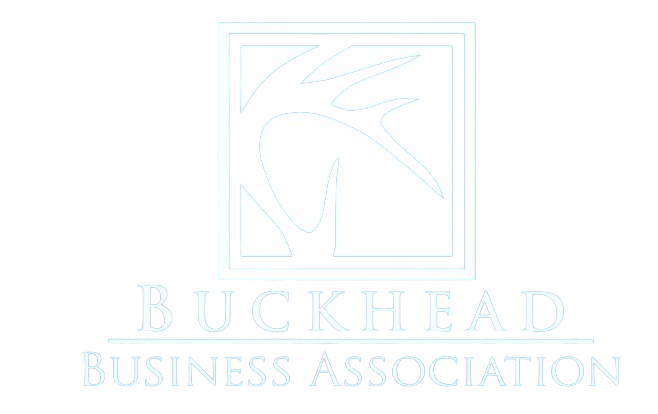Strategic Workforce Planning: Ensuring Future Success
In today’s rapidly evolving business landscape, organizations are increasingly recognizing the critical importance of strategic workforce planning. This proactive approach enables companies to align their workforce capabilities with their long-term business objectives, ensuring that they have the right talent in place to meet future demands. At ImpactHXM, we understand that strategic workforce planning is not merely a function of HR; it is a vital component of overall business strategy that can drive significant competitive advantage.
Strategic workforce planning involves analyzing current workforce capabilities, forecasting future needs, and developing strategies to bridge any gaps. By leveraging advanced HR technology and data analytics, organizations can make informed decisions about talent acquisition, development, and retention. This holistic approach not only enhances operational efficiency but also fosters a culture of agility and innovation, positioning businesses to thrive in an increasingly complex environment.
Key Takeaways
- Strategic workforce planning is essential for aligning an organization’s workforce with its business goals and objectives.
- Strategic workforce planning helps businesses to anticipate and address future talent needs, ensuring long-term success and sustainability.
- Key components of strategic workforce planning include analyzing current workforce capabilities, identifying future workforce needs, and developing strategies to bridge the gap.
- Steps to implementing strategic workforce planning involve conducting a workforce analysis, developing a workforce plan, and monitoring and adjusting the plan as needed.
- HR plays a crucial role in strategic workforce planning by providing expertise in talent management, workforce analytics, and organizational development.
The Importance of Strategic Workforce Planning for Business Success
The significance of strategic workforce planning cannot be overstated. In an era where talent is often cited as a company’s most valuable asset, aligning workforce capabilities with business goals is essential for sustained success. Organizations that engage in strategic workforce planning are better equipped to anticipate changes in the market, adapt to new technologies, and respond to shifting consumer demands.
This foresight allows businesses to remain competitive and agile, even in the face of uncertainty. Moreover, effective workforce planning contributes to improved employee engagement and satisfaction. By understanding the skills and competencies required for future roles, organizations can invest in targeted training and development programs that empower employees to grow within the company.
This not only enhances retention rates but also cultivates a motivated workforce that is aligned with the organization’s vision. Ultimately, strategic workforce planning serves as a foundation for building a resilient organization capable of navigating the complexities of the modern business landscape.
Key Components of Strategic Workforce Planning
To effectively implement strategic workforce planning, organizations must focus on several key components. First and foremost is the assessment of current workforce capabilities. This involves conducting a thorough analysis of existing skills, competencies, and performance levels within the organization.
By identifying strengths and weaknesses, businesses can pinpoint areas that require enhancement or realignment. Another critical component is forecasting future workforce needs. This requires an understanding of both internal factors—such as anticipated growth or changes in business strategy—and external factors, including industry trends and economic conditions.
By utilizing predictive analytics and labor market data, organizations can develop a clear picture of the talent landscape and make informed decisions about recruitment and development strategies. Additionally, effective communication and collaboration across departments are essential for successful workforce planning. Engaging stakeholders from various functions ensures that workforce strategies are aligned with overall business objectives and that all perspectives are considered in the planning process.
Steps to Implementing Strategic Workforce Planning
| Steps | Description |
|---|---|
| 1 | Identify business goals and objectives |
| 2 | Assess current workforce capabilities |
| 3 | Forecast future workforce needs |
| 4 | Identify workforce gaps |
| 5 | Develop strategies to address gaps |
| 6 | Implement workforce plans |
| 7 | Monitor and adjust workforce plans as needed |
Implementing strategic workforce planning requires a structured approach that encompasses several key steps. The first step is to establish a clear vision and objectives for the workforce planning initiative. This involves defining what success looks like and identifying the specific outcomes the organization aims to achieve through its workforce strategy.
Next, organizations should conduct a comprehensive analysis of their current workforce. This includes gathering data on employee demographics, skills inventories, performance metrics, and turnover rates. By leveraging HR technology solutions, such as ImpactHXM’s advanced analytics tools, organizations can gain valuable insights into their workforce dynamics.
Once the current state is understood, the next step is to forecast future workforce needs based on business goals and market trends. This may involve scenario planning to account for various potential outcomes and their implications for talent requirements. With this information in hand, organizations can develop targeted recruitment and development strategies to address any identified gaps.
Finally, it is crucial to establish metrics for measuring the effectiveness of the workforce planning initiative. Regularly reviewing progress against these metrics allows organizations to make data-driven adjustments to their strategies as needed.
The Role of HR in Strategic Workforce Planning
Human Resources plays a pivotal role in the success of strategic workforce planning initiatives. As the custodians of talent management within an organization, HR professionals are uniquely positioned to drive the workforce planning process forward. They possess the expertise needed to analyze workforce data, identify trends, and develop strategies that align with business objectives.
Moreover, HR serves as a bridge between leadership and employees, facilitating communication and collaboration throughout the organization. By engaging with various stakeholders—such as department heads and team leaders—HR can ensure that workforce strategies reflect the needs and priorities of different functions.
This collaborative approach fosters buy-in from all levels of the organization, increasing the likelihood of successful implementation.
Additionally, HR is responsible for creating a culture of continuous learning and development within the organization. By investing in employee training programs that align with future skill requirements, HR can help build a more agile and capable workforce. This not only enhances employee engagement but also positions the organization for long-term success in an ever-changing business environment.
Challenges and Barriers to Strategic Workforce Planning
Despite its many benefits, organizations often encounter challenges when implementing strategic workforce planning initiatives. One significant barrier is the lack of accurate data. Many organizations struggle with fragmented data systems that hinder their ability to gain a comprehensive view of their workforce capabilities.
Without reliable data, it becomes challenging to make informed decisions about talent management. Another common challenge is resistance to change within the organization. Employees may be hesitant to embrace new processes or technologies associated with workforce planning initiatives.
To overcome this resistance, it is essential for leadership to communicate the value of strategic workforce planning clearly and involve employees in the process from the outset. Additionally, organizations may face difficulties in aligning workforce strategies with rapidly changing business goals or market conditions. The dynamic nature of today’s business environment requires organizations to remain agile and adaptable in their workforce planning efforts.
This necessitates ongoing monitoring and adjustment of strategies based on real-time data and feedback.
Best Practices for Effective Strategic Workforce Planning
To maximize the effectiveness of strategic workforce planning initiatives, organizations should adopt several best practices. First and foremost is the importance of leveraging technology to enhance data collection and analysis. By utilizing advanced HR tech solutions like those offered by ImpactHXM, organizations can streamline their data processes and gain deeper insights into their workforce dynamics.
Another best practice is fostering a culture of collaboration across departments. Engaging stakeholders from various functions ensures that workforce strategies are aligned with overall business objectives and that diverse perspectives are considered in decision-making processes. Regularly reviewing and updating workforce plans is also crucial for maintaining relevance in a changing environment.
Organizations should establish a cadence for revisiting their workforce strategies—whether quarterly or annually—to ensure they remain aligned with evolving business goals and market conditions. Finally, investing in employee development is essential for building a resilient workforce capable of adapting to change. By providing ongoing training opportunities that align with future skill requirements, organizations can cultivate a motivated and engaged talent pool that drives business success.
The Future of Strategic Workforce Planning in a Changing Work Environment
As we look ahead to the future of strategic workforce planning, it is clear that organizations must remain agile in response to an ever-changing work environment. The rise of remote work, advancements in technology, and shifting employee expectations are reshaping how businesses approach talent management. To thrive in this new landscape, organizations must embrace innovative HR tech solutions that enable them to adapt quickly to changing circumstances.
Furthermore, as businesses increasingly prioritize diversity, equity, and inclusion (DEI) initiatives, strategic workforce planning will play a crucial role in ensuring that talent acquisition and development efforts reflect these values. Organizations must proactively seek out diverse talent pools and create inclusive environments that foster collaboration and innovation. In conclusion, strategic workforce planning is not just a function of HR; it is a critical driver of business transformation that can position organizations for long-term success.
By leveraging advanced technology, fostering collaboration across departments, and investing in employee development, businesses can build resilient workforces capable of navigating the complexities of tomorrow’s business landscape.
At ImpactHXM, we are committed to empowering HR leaders with the tools they need to drive effective strategic workforce planning initiatives that align with their organizational goals.
One related article to workforce planning can be found on ImpactHXM’s website, specifically their partnership with Justworks to elevate the workplace. This article discusses how ImpactHXM is working with Justworks to enhance the employee experience and streamline HR processes. To learn more about this partnership, you can visit here.
FAQs
What is workforce planning?
Workforce planning is the process of strategically aligning an organization’s current and future workforce needs with its business objectives. It involves analyzing the current workforce, identifying future workforce needs, and developing strategies to meet those needs.
Why is workforce planning important?
Workforce planning is important because it helps organizations ensure they have the right people with the right skills in the right place at the right time to achieve their business goals. It also helps organizations anticipate and prepare for future workforce challenges and changes.
What are the key components of workforce planning?
The key components of workforce planning include analyzing current workforce demographics and skills, forecasting future workforce needs, identifying gaps between current and future workforce capabilities, and developing strategies to address those gaps.
What are the benefits of workforce planning?
The benefits of workforce planning include improved organizational performance, better alignment between workforce and business objectives, increased employee engagement and retention, and the ability to adapt to changing market conditions and business needs.
What are some common challenges in workforce planning?
Some common challenges in workforce planning include changing business needs, evolving workforce demographics, skills shortages, and the need to balance short-term and long-term workforce requirements. Additionally, data availability and accuracy can also pose challenges in workforce planning.







